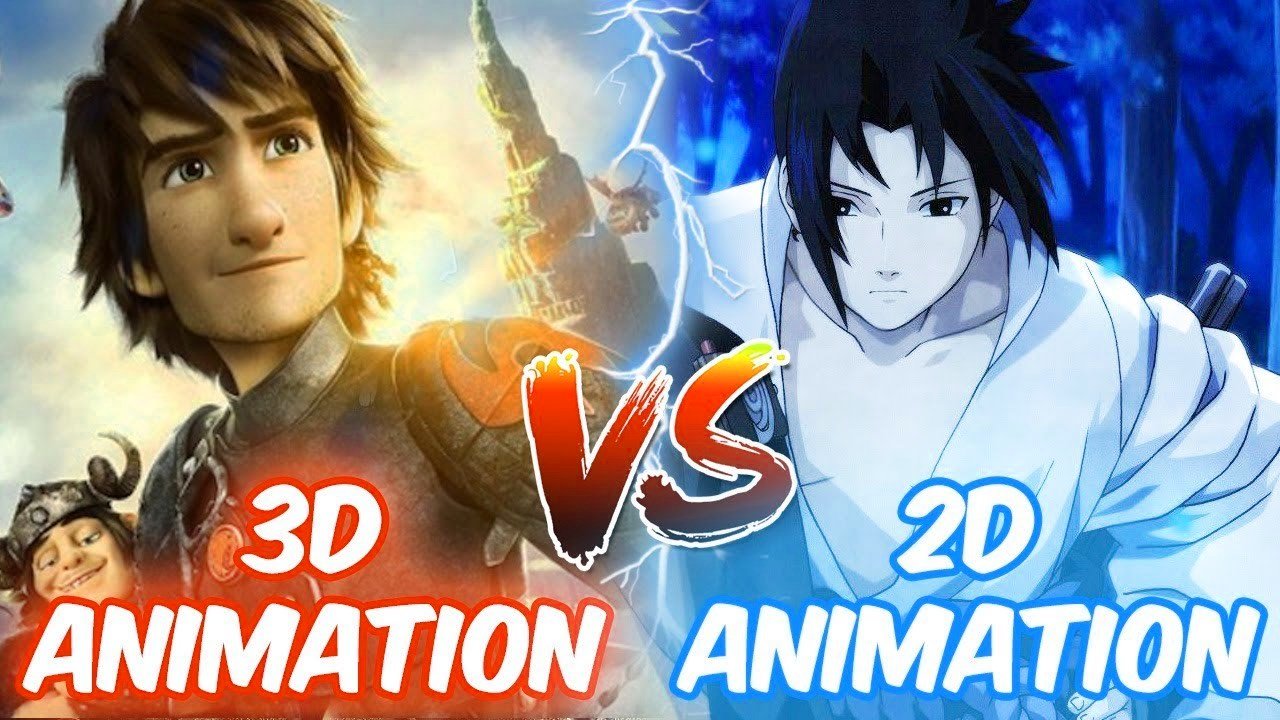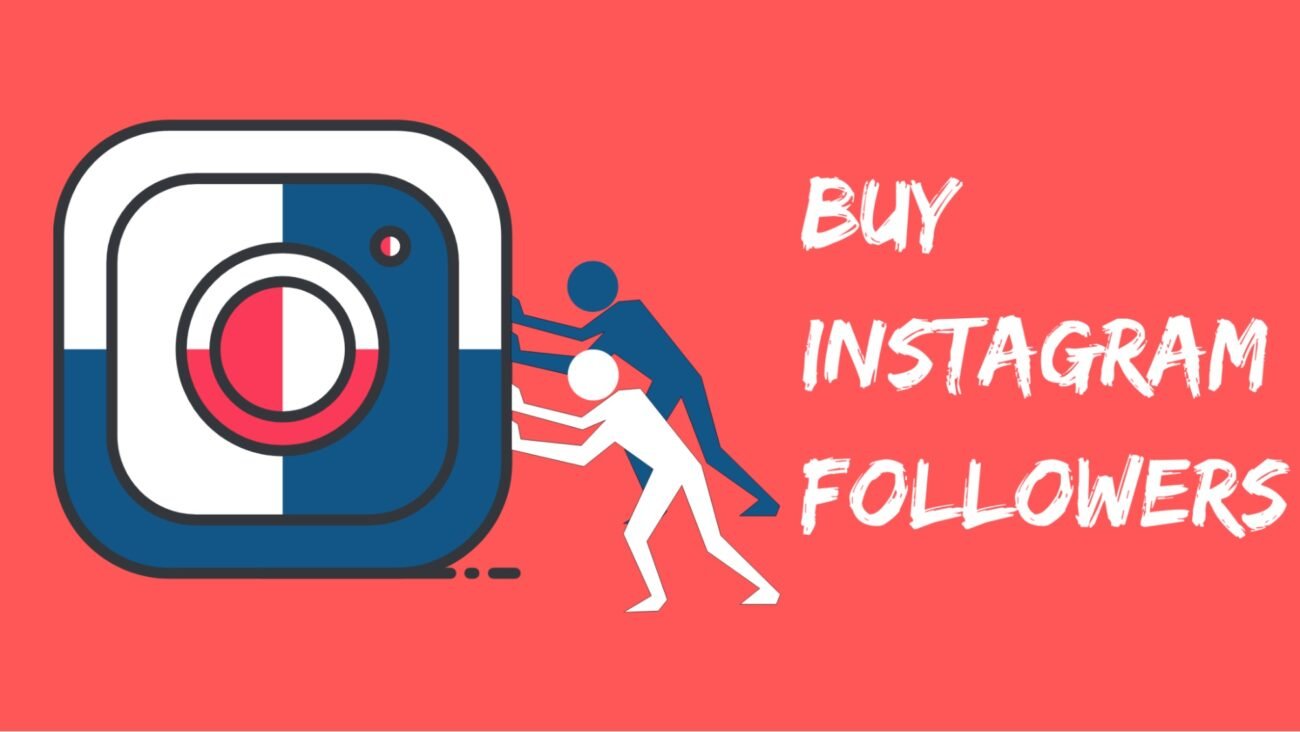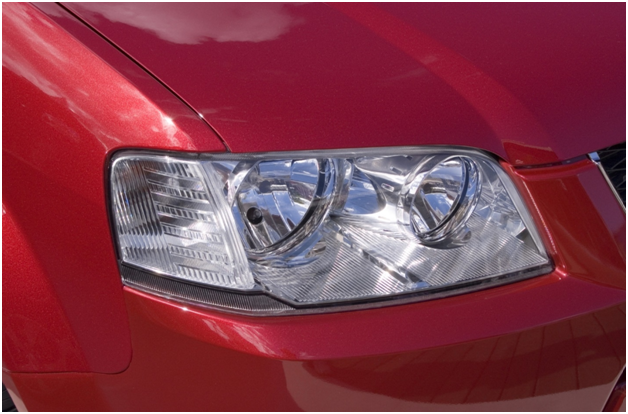Difference Between 2D & 3D Animation

Animation has given new powers to storytellers with unique ways and methods to grab people’s attention. The intuitive fantastical realms in animated films can resuscitate inspiration and the enchantment of stories regardless the age. So if you’re a storyteller or wishes to be one, the animation is the right place to kick start your career. So, the question is: what’s animation? And what are the types of animation animators or artists use? What are 2D and 3D animation? Let’s dive in.
What is Animation?
The virtual reality of movements produced by a series of pictures is known as “Animation”. But the working of it works is more intricated than that. Before we get to the types of animated motion pictures, let’s describe an animation a little more.
Animation is a technique of photographing successive drawings, models, or even marionettes, to produce an illusion of movement in a sequence. Human eyes can only retain an image for approx. 1/10 of a second, when numerous images appear in quick succession, the brain combines them into a single moving illustration. In conventional animation, pictures are sketched or painted on transparent celluloid sheets to be photographed. Initial cartoons are good examples of this, but most animated movies are currently made with computer-generated imagery or CGI.
To generate the form of smooth motion from these sketched, painted, or computer-generated images, frame rate or the number of consecutive images displayed each second is most important and considered. Moving characters are typically shot “on twos, ” meaning one image is shown for two frames, totaling 12 drawings per second. 12 frames per second set a limit for motion but look erratic. 24 frame rate per second is frequently used for smooth motion in the motion picture.
Different Types of Animation
- Traditional Animation
- 2D Animation (Vector-based)
- 3D Animation
- Motion Graphics
- Stop Motion
Here, we will be discussing two out of five types of Animations: 2D & 3D animation.
2D
2D animation falls under the heading of traditional animation like the earliest Disney movies — Pinocchio, Cinderella, Beauty, and the Beast, etc. But there’s a thing called Vector-based animation that can be 2D without being old-fashioned.
With 2D Vector-based, vector’s movement in the motion picture is controlled rather than pixels. So, what does that mean? Images with typical formats like JPG, GIF, BMP, etc., are pixel images. These images cannot be expanded or shrunk without impacting image quality. Vector visuals are free from this tension. Animators don’t need to be bothered about resolutions. Vectors are typified by routes with numerous start points and endpoints, lines connecting these points above to create the graphic. Shapes can be made to create a character(s) or other images (s). Below is an instance.
2D Vector-based animation utilizes mathematical values to rescale images, making motion fluid. They can reprocess these creations, so the animator is free from the repetitive process of drawing the same character again. They can alter movements around these vectors and animate them in any way required.
Related: The Use Of Motion Graphics In Business Marketing
It’s quite beneficial for animators who aren’t the finest drawing artists.
3D
Currently, 3D or computer animation is the standard. But here’s the fact- just because computers have intervened to help instead of drawings, it’s not certainly easier. A computer is an additional tool, and 3D animation is still long and intense.
In 3D animated movies, the animator utilizes a plan to move the character’s body parts all around the frame. They set their digital frames and edges when all of the parts of the character are in the exact position. They do this for every frame, and the computer determines the motion from every frame.
Animators modify and adjust their characters’ curvatures and movements throughout the movie. From 1995 Toy Story to today’s Lion King, 3D animation has to turn out to be the predominant flair in animated films and cinema. Also, 3D animation is unique, contrasting with 2D or other conventional methods; the character’s whole body is all the time visible. If a character turns sideways, the animator is only required to draw the side silhouette in 2D animation, but in 3D, the complete body needs to be visible. So once again, even though computers are being used, a new technology comes with way more concerns, complexities, and measurements.
Animators and moviemakers alike look to storyboards to work out each frame, whether an animator is drawing in 2D or processing in 3D. Unlike live-action, animation movies can not depend on on-camera techniques and stunts in a shot. Storyboards are the sustenance for creating animation.
Difference Between 2D & 3D Animation
| 2D Animation | 3D Animation |
|
2D animation shapes are created by the traditional drawing method. Each character’s progress has to be designed frame by frame with hand-drawing, also knowns as a cell-animation method.
Today’s 2D animators use software to create action series. The only help the software does is if the first action scene is created, it’ll automatically create the remainder of the motion series. |
In 3D animation, everything is done through computer software. The development involves several stages such as modeling, structuring, texturing, lighting, engineering, assembling, rendering, representation, etc. |
| 2D animation is all about frames. | 3D animation is all about movements. |
| 2D animation is extensively implemented in commercials, movies, animated cartoon shows, websites, e-learning courses, engineering, etc. | 3D animation is extensively utilized in gaming, cinemas, medical, biotechnology, aerospace, etc. |
| Examples- The Jungle Book, Beauty & the Beast, Snow White, etc. | Examples: The Incredibles, Lion King, Toy Story, Transformers, etc. |
2D and 3D animation seem easy, but, in reality, it isn’t. Try your local companies if you’re a newbie and looking for a 2D and 3D animation services provider. For starters, to stimulate in 2D, you have to draw everything traditionally- usually by each frame.
For a 3D animation, while drawing well is definitely the most significant advantage, it is not mandatory. When animating in a 3D environment, the animator moves the character, like a doll, on the computer screen.





